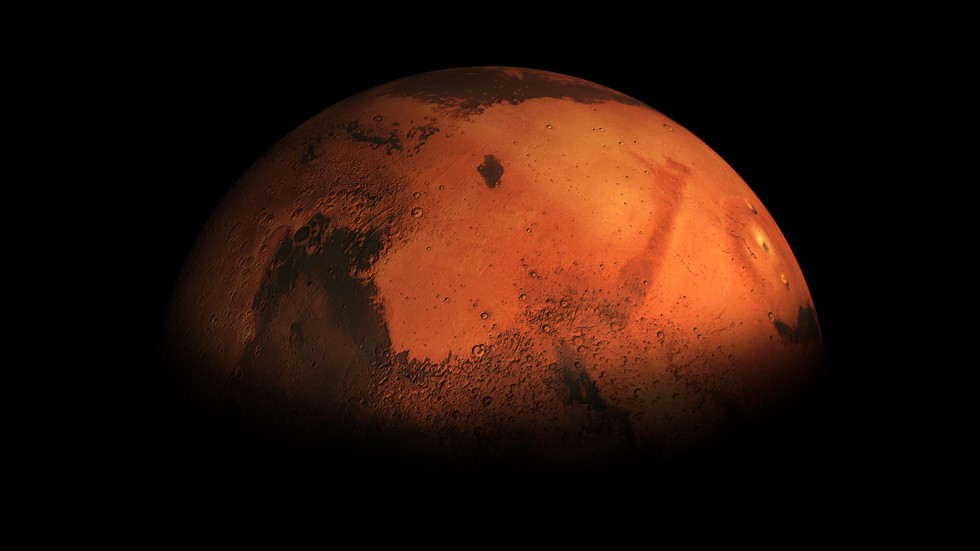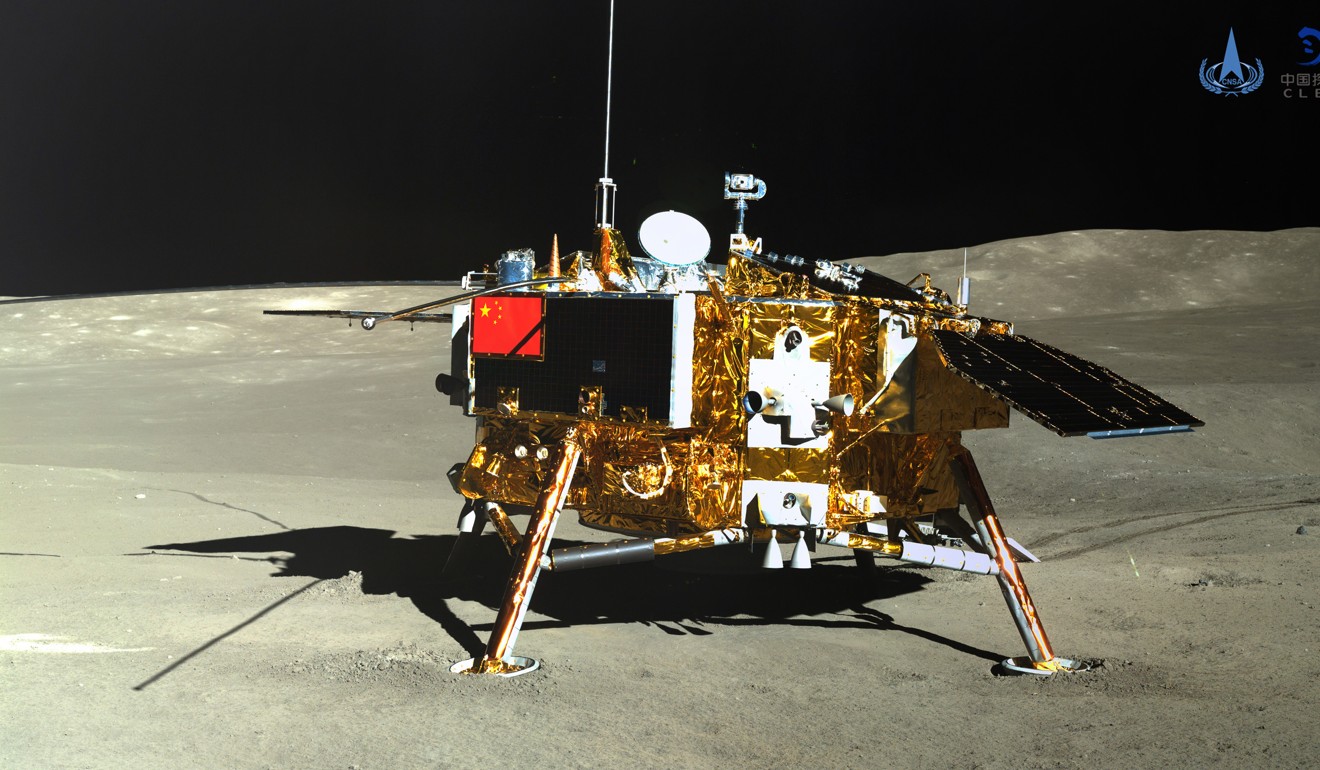
A successful moon landing has revived China’s interest in sending spacecraft to Mars, six years after its failed mission to the red planet.
Officials from the China National Space Administration said on Monday that China would send a probe to Mars around 2020 and a returnable craft to the moon by the end of this year.
Administration deputy director Wu Yanhua said the success of Chang’e 4’s mission to the far side of the moon marked a new stage for the country’s deep space exploration and outside interest was welcome in the programme.
“We welcome international collaboration in developing devices aboard the spacecraft as well as domestic and foreign investment,” Wu said.
A satellite will be sent to orbit Mars around 2020 and a rover will make a soft landing there based on data collected by the satellite, according to space officials.
Can China grow a flower on the moon? The countdown begins
Other countries are also interested in the red planet, with Nasa in the United States, the European Space Agency, Roscosmos of Russia, and the United Arab Emirates Space Agency planning to explore Mars in the coming decade. Elon Musk’s SpaceX says it wants to create a city on the planet.
China’s first attempt to reach Mars failed in 2012, when Russia’s Phobos-Grunt spacecraft carrying China’s Yinghuo 1 probe failed to get beyond Earth’s orbit and eventually broke up over the Pacific Ocean.

The mission for Yinghuo, which means firefly in Mandarin, was to travel 54.6 million kilometres (33.9 million miles) to orbit Mars.
Nasa has also struggled to reach the red planet. Its Mars Polar Lander, launched in 1999, did not even touch down, losing contact with mission control as it approached the planet.
Meanwhile, China will continue to send spacecraft – staffed and unstaffed – to the moon.
“We are studying the programme of sending astronauts to the moon but it’s still in very early stages,” Wu said. “We haven’t got the approval yet.”

On January 3, China’s Chang’e 4 became the first vessel to make a soft landing on the far side of the moon, and Wu said a returnable spacecraft called Chang’e 5 would be sent to the lunar surface by the end of this year.
China’s Chang’e 4 mission goals accomplished; first panorama photograph of far side of moon revealed
The official also detailed China’s plan for future lunar missions, including a comprehensive scientific exploration of the lunar south pole region, and the construction of a research station there.
Chang’e 5 will land on the near side of the moon – the hemisphere that permanently faces the Earth – and return with rock and soil samples.
“China trailed others when it came to space missions, until Chang’e 4, humankind’s first spacecraft to land on the far side of the moon,” Wu Weiren, chief scientist of the Chang’e 4 programme, said. “It proves that China can do something that no other country has achieved in space exploration.”







